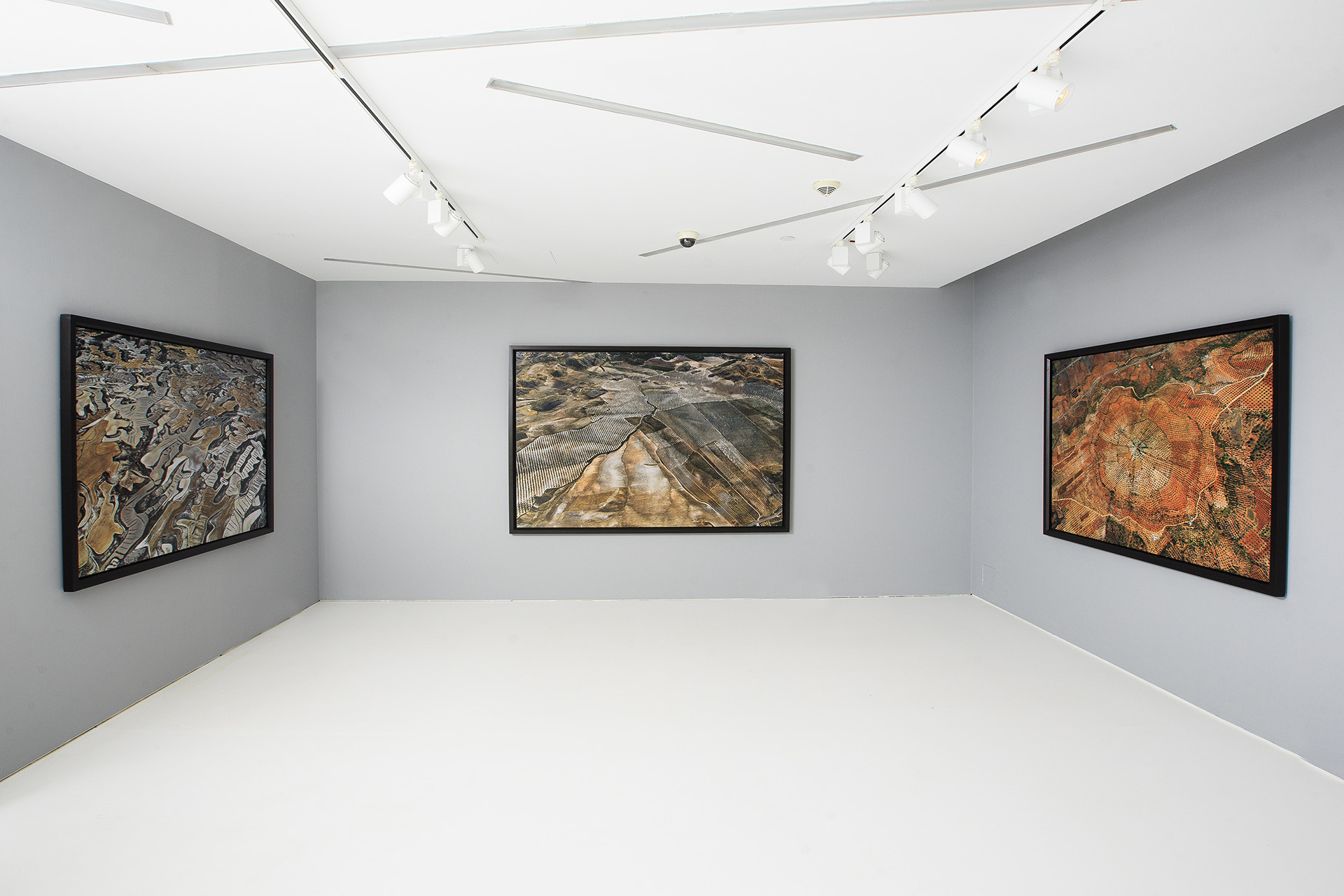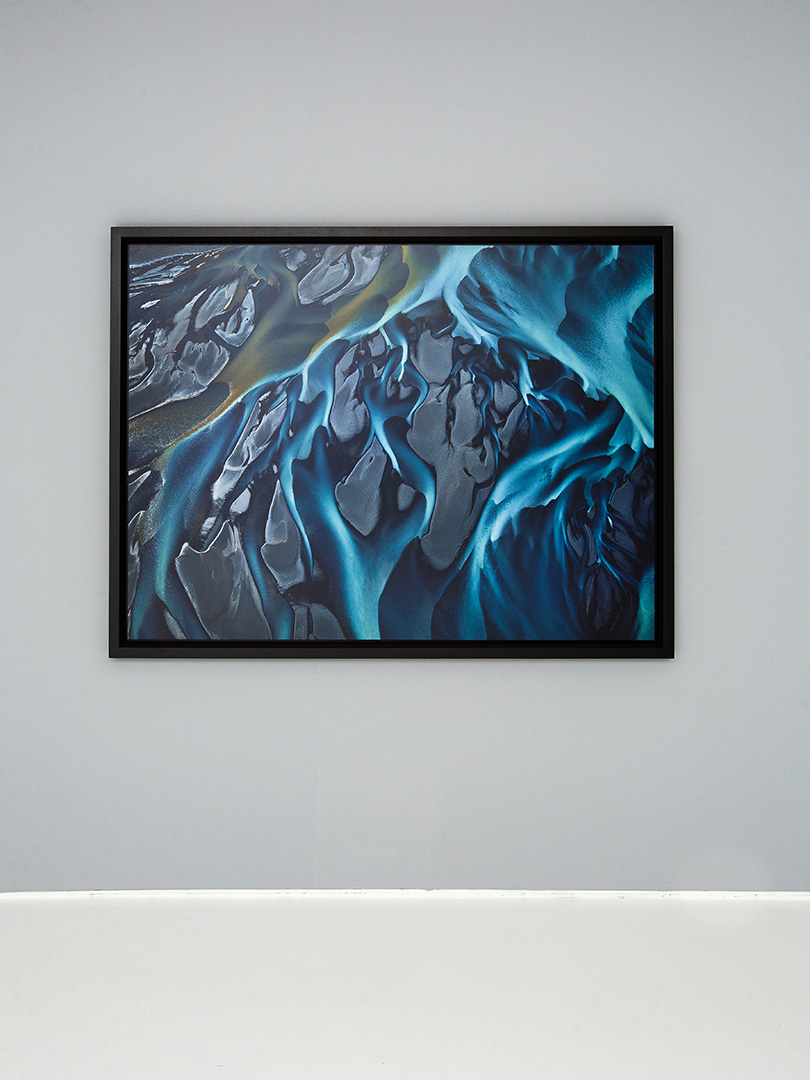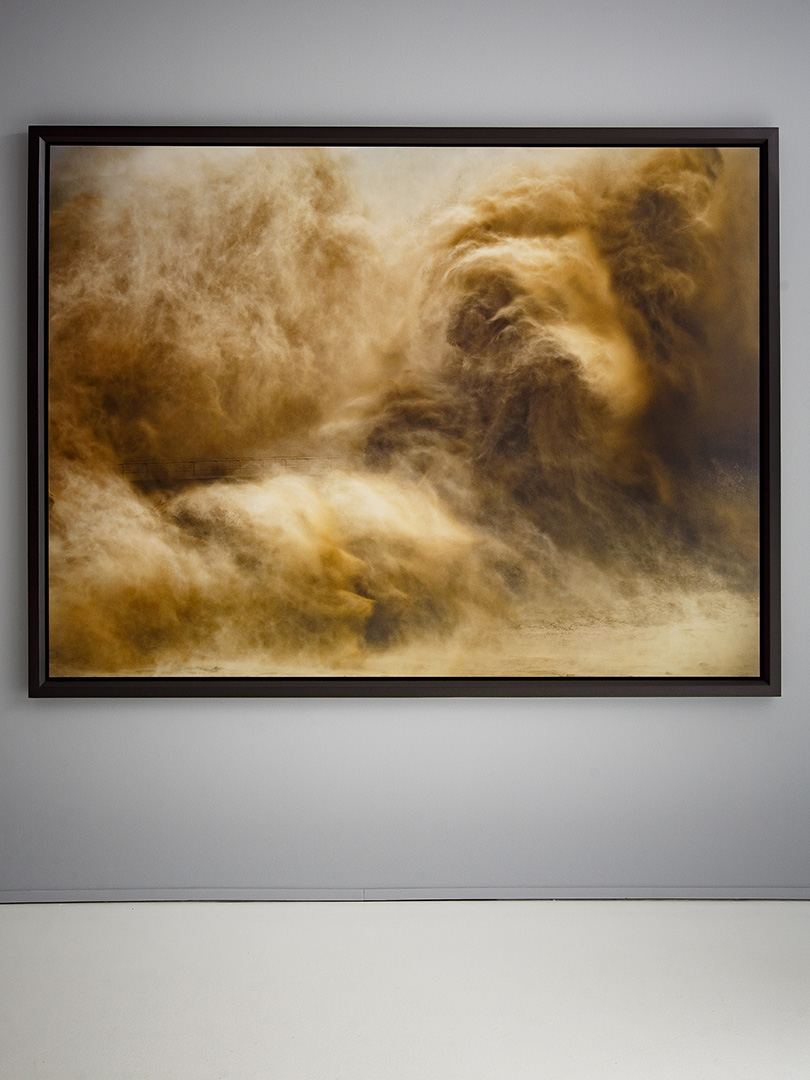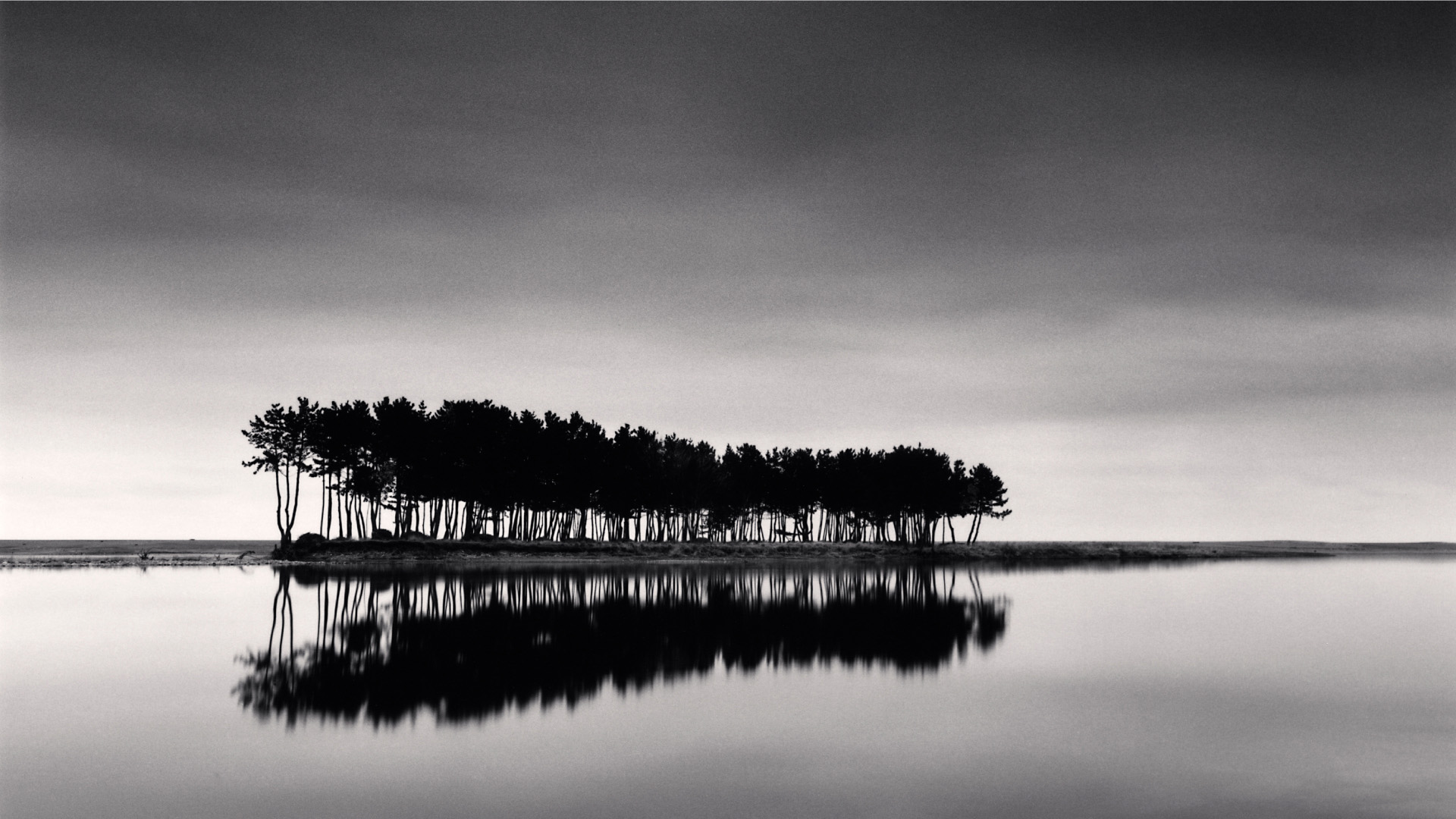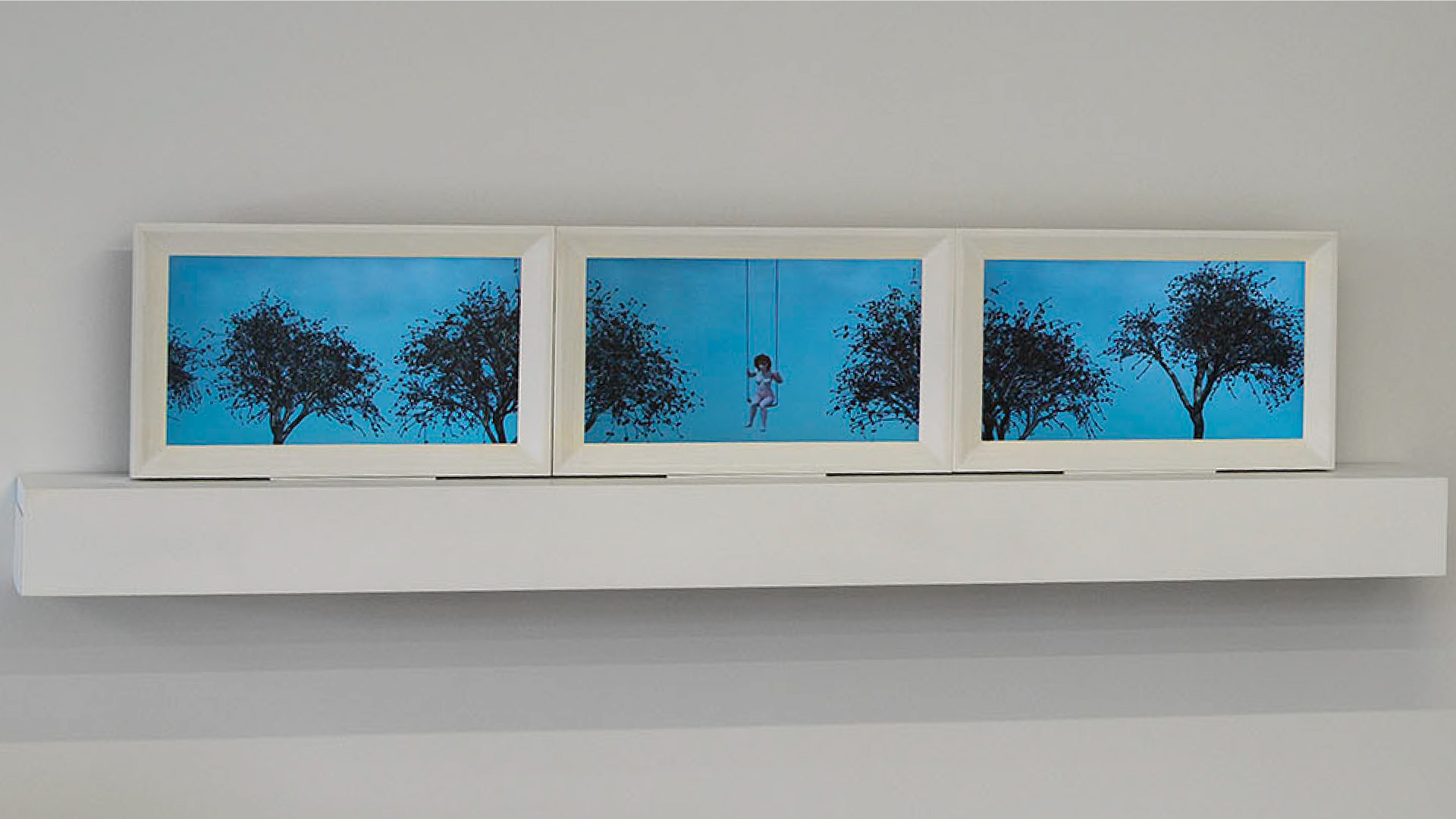Blog
Fall-Out Of Images: Edward Burtynsky’s Water Games
16 April 2020 Thu
Over the past few months, works from the Borusan Contemporary Art Collection have been taken into consideration within the framework of “water” for a series of articles for the Borusan Contemporary Blog.
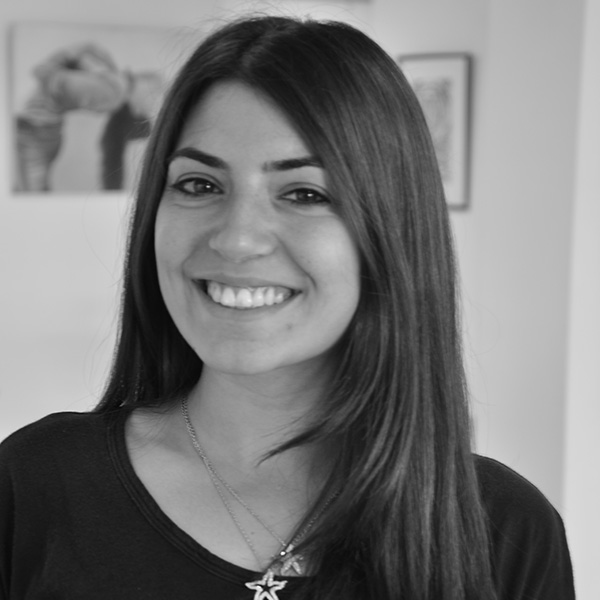
DENİZ CAN
denizdcan@me.com
The first article was about teamLab’s Universe of Particles while the second article looked at water in Bill Viola’s works in relation to teamLab’s works, highlighting similarities and differences in their artistic approaches. With the last article in this series, we are going to be focusing on Canadian photographer Edward Burtynsky’s Water Project. Renowned for his photographic works, Burtynsky has also worked in augmented reality, which we were able to experience at the exhibition Overture: Selections from the Borusan Contemporary Art Collection. Burtynsky had shocked viewers with a pile of waste and has made it a habit to reveal the impact of the anthropocene through landscapes. This almost self-abstracting attitude allows for unimaginable results and various personal evocations, as well as restrictions. Seeing the big picture often allows people to evaluate micro-scale and nearby events more objectively. This attitude of the artist also makes it possible to see the beauty behind the petrifying through photographs taken from a vast distance.
We never see people in the artist’s photographs; the artist reveals human intervention and the consequences of human intervention with an objective yet mesmerizing calmness. Anthropocene [Human Age], which can be comprehended through the artist’s projects as the endless relationship of the human with the planet as well as environmental sensibility, are revealed in the projects Salt Pans, Oil, and Mines. Sometimes a microscopic creature, a stain from a Rorschach test, a tree, color space images or an abstract image can be seen in the artist’s works. In his artist’s statement, Burtynsky mentions that humanity has reshaped the Earth tremendously in order to meet its needs as an increasingly greedy civilization. Drawing attention to the existence of our new and powerful role on the planet, as well as the capacity to be the architect of our own end, Burtynsky also mentions in this text that we need to learn to think about the long-term consequences of what we do. As the human population increases, the needs of this “thirsty” species also increase. Sometimes, the human species interferes with nature only to calm its thirst, sometimes to create agricultural fields, to improve the rivers, to establish dams; unfortunately they cannot see the results of these behaviors collectively and instantly. More precisely, art has perhaps become one of the rare areas where we can see humanity's intervention in nature and the planet's resources collectively and with great influence. Whether it is oil or water, it is now known that we cannot replace the resources we use and are increasingly irreversibly damaging the planet. On the one hand, it is inevitable to remember that all humanity does not benefit from this effort equally while talking about the effort of human beings to use the planet for their own purposes with an unbridled enthusiasm.
In 2016, curators Beatriz Colomina and Mark Wigley had asked the question, “Are We Human?” for the 3rd Istanbul Design Biennial. Mark Wasiuta (Canada) and Adam Bandler (USA) had focused on Buckminster Fuller, one of the most important thinkers in the world, through their work, Information Fall-Out: Buckminster Fuller’s World Game. When I had first seen Edward Burtynsky’s Water Project for the first time, I had unsurprisingly thought about this work and of Buckminster Fuller with his scientific designs where he looked for answers to world problems, which he called “World Game” in the 1960s. It would be possible to explain where the reminiscence came from through Fuller’s “game”. Mark Wasiuta had said of the game: “Across its different manifestations the World Game remained focused on the goals of overcoming energy scarcity and altering conventional territorial politics through the redistribution of world resources. Ultimately, less a game than a design process for the planet, Fuller believed the World Game would also engender an alternative human, World Man. This new human type would be the fruit of winning game scenarios that reallocate global resources. …World Man would be fed a diet of information.” This sensibility considers information as one of the resources in the world and opens the door to reassessing information about the planed in a unique/fair way. However, governments who have determined the destiny of the planet since the 1960s and very few of major companies have taken steps towards fair allocation of resources.
Edward Burtynsky's Water Project could also be considered as a visual inventory of the world's water resources, just as Fuller’s World Game aimed to open up these resources. This visual inventory appears to trace the human intervention among national borders and geographic changes as they appear and disappear from the perspective of wandering clouds. Just like Midas, who turned whatever he touched to gold, it is possible to think about the human species from the perspective of having controlled, dried up, changed, tainted, and melted any mass of water it has come in contact with. Burtynsky’s photographs, through the medium that the artist uses—or in other words, the potential of photography to document reality—, does not idealize or manipulate nature. Through the positioning of the viewer, the artist helps viewers ask existential questions. Water, which was both immersive and destructive in Bill Viola’s works, is passive under the authority of people in Edward Burtynsky’s works. While in teamLab’s works, water was interpreted as a living entity, Burtynsky’s photographs reveal it to be struggling to survive at the hands of people.
The vision of Fuller, who proposed about 80 years ago to share this planet without exploiting its resources and completely fairly for all humans, is perhaps more popular today than ever before. At the moment, 7,794,798,739 people live in the world and that 1.08% rate of this population is 83,989,689 people allegedly found inside Turkey's borders. In many countries including Turkey, droughts due to climate changes in addition to excessive human use have made access to clean water increasingly more threeatened. As we are also a species under threat, Burtynsky’s photographs makes us think about being more respectful towards nature.
RESOURCES
3rd Istanbul Design Biennial. (2016.). http://bizinsanmiyiz.iksv.org/sergi/bilgi-serpintisi-buckminster-fullerin-dünya-oyunu/ last accessed February 16, 2020.
Photographs: Water. (n.d.). https://www.edwardburtynsky.com/projects/photographs/water last accessed February 16, 2020.
Turkey Population (LIVE). (n.d.). https://www.worldometers.info/world-population/turkey-population/ last accessed February 12, 2020.
ABOUT THE WRITER
Deniz Can joined the creative industries in 2011 in Izmir as the program director of KKSM. She realized the first Art Route events in which exhibitions on a monthly-created road map are discussed during visits with the support of local administrations, cultural institutions, and universities. The event series planted the seeds for the experiential art initiative that she co-founded. Can, who continues her works focused on arts and visitor experience in Istanbul, Izmir and abroad, moved to Istanbul to continue her institutional curatorial practice as an independent curator. She carries forward her academic writing skills professionally following the education she received in American Collegiate Institute, Economy Department in Koç University and Masters in Cultural Management at Istanbul Bilgi University

